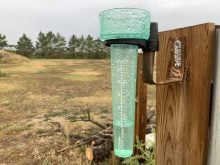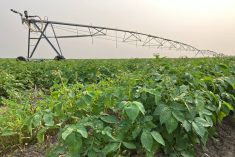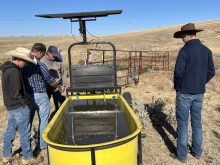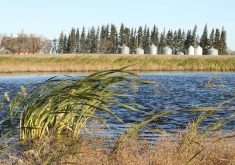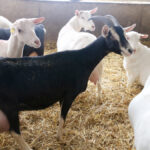The agriculture industry in Alberta uses a lot of water.
According to provincial licence data interpreted by CBC, Albertans can expect 68 per cent of all water allocations in 2024 to be dedicated to agriculture; far ahead of industrial (22 per cent) and municipal (seven per cent) categories.
For the time being, Alberta consumers seem fine with that, says an agricultural economist with the University of Alberta.
Read Also
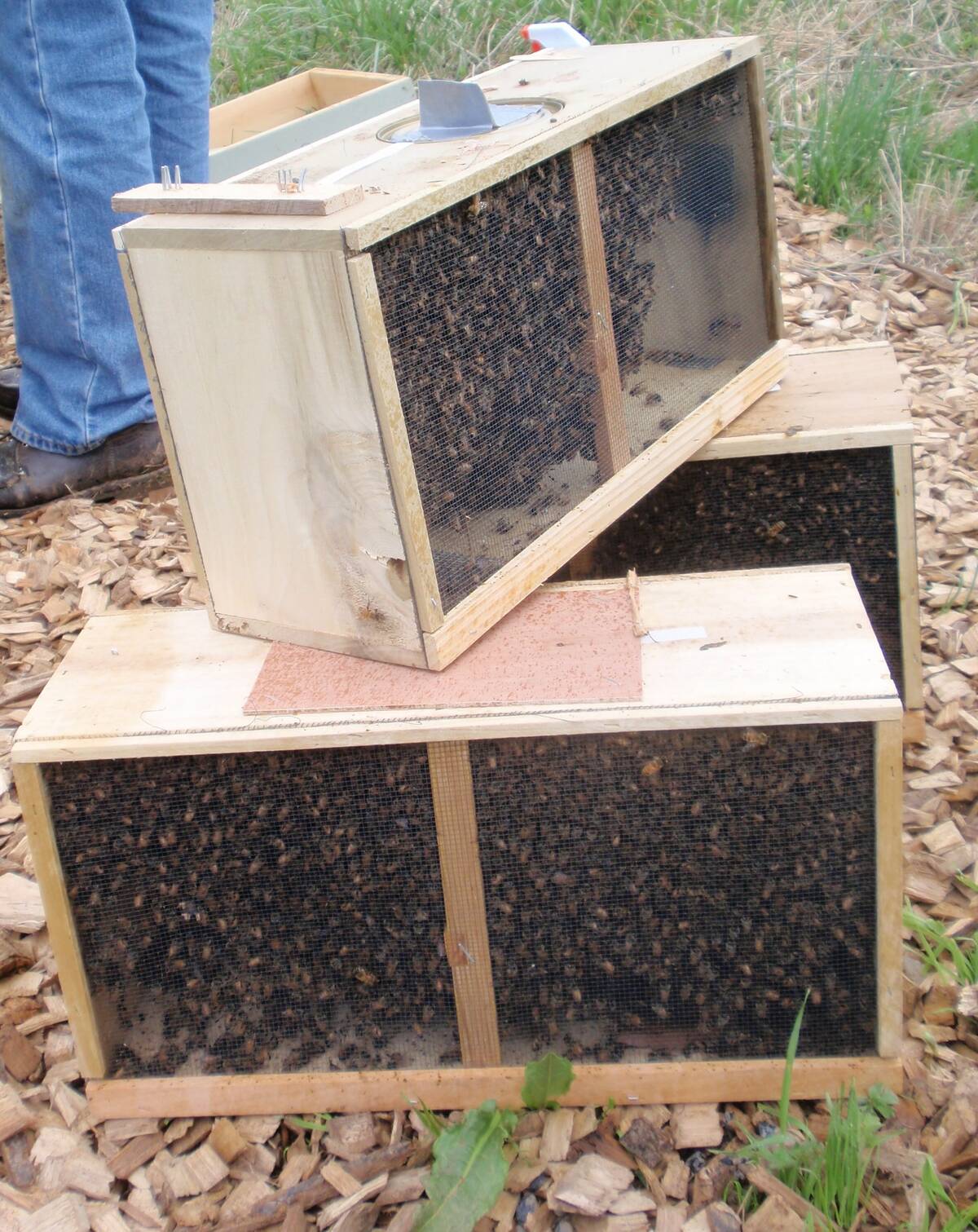
Canadian beekeepers call for regulatory accountability
Beekeepers say the Canadian Food Inspection Agency should restore U.S. packaged bee shipments, claiming the agency isn’t following evidence.
However, if at some point consumers have to make personal sacrifices, would they change their consumption patterns and chose food requiring less water to grow? Would there be blowback against food produced under irrigation?
Ellen Goddard says there is limited research on the topic and a record of support for agriculture among Alberta consumers.
But that doesn’t mean the industry should be complacent. Many consumers are more aware of the water footprint of growing crops and cattle than they’re given credit for, Goddard adds.
“Are there concerns about water availability? Absolutely. Are people conscious of the fact that certain foods contain more water than other foods or require more water to grow than other foods? Absolutely.”
The best bet would be for the ag industry, and its irrigation sector in particular, to publicize the benefits of irrigation before consumers are directly affected by water shortages, she says.
“(Consumers) are very concerned about what affects them individually.
“If you explained to them that irrigation water was allowing more food to be produced and was keeping food prices down, I think that would be a pretty compelling story for most people.”
Albertans have a long history of supporting agriculture in the province. Goddard points to farm programs and the BSE crisis as examples.
“I’ve had a very long career and over my career I’ve asked the public hundreds of times about different types of farm programs. And people are very supportive of the idea of public support for farmers.”
She’s optimistic that consumer support for agriculture in Alberta will continue, lending farmers social licence to use the water they need to grow crops and livestock.
“If it came down to making something of a sacrifice so that there could be water for farmers, I’m convinced that would be supported, from everything I’ve ever done in terms of research,” says Goddard.
It might also be useful for producers, where feasible, to examine market opportunities for low water footprint foods. According to foodprint.org, a non-profit organization dedicated to research and education on food production practices, foods with smaller water footprints include fruits, vegetables, grains, beans and lentils.
Goddard points to a 760-participant survey in California in 2017 that illustrates the opportunities and limits involved in producing such foods.
Conducted by the Universities of Alberta, Delaware and Windsor, the survey asked participants if they were willing to pay more for food with a low water footprint during a drought. The answer was yes, but there appeared to be a cap on how much.
Results indicated an “implied positive willingness” to pay for water efficiency of about 12 cents for each gallon of water saved in the production of food.
The researchers went back to respondents and told them the severity of the theoretical drought had increased. Although willingness to pay for low water footprint foods increased, the margin wasn’t statistically significant.
Surveys conducted in relatively prosperous times are one thing, but how people would actually react to water scarcity is another, notes Goddard. As well, people in provinces without high irrigation use may have different ideas about food that requires lots of water.
Water is the most important environmental pillar to Canadians, says Goddard. According to her own unpublished research, 49 per cent of Canadian respondents in 2023 ranked water as most important in terms of sustainability of natural resources.
“I have some stuff I have done over time about how Canadians define sustainability and it surprised me that so many Canadians define water as one of the more pressing environmental concerns.”
Complicating matters is minimal research on how Canadians, North Americans and Europeans in general would change their food consumption behaviours if drinking and bathing water had to be rationed, says Goddard.
“If you’re actually facing water restrictions in your own life, how does that change your concerns about farming and food and all of those sorts of things? I couldn’t find a study that actually looked at that.
“The bulk of the research done in this area is done in developing countries where access to clean water is more restricted in the first place … I think it’s a problem and I think we need to look at it.”
A 2022 survey conducted by Goddard in Canada asked respondents how much more they would pay for beef if it was produced more sustainably.
“The people with strong environmental attitudes and the people that identified water as one of their most pressing concerns were far more likely to say they would pay more for beef,” she says.
“They personally think water is very important and when it comes to beef production they’re willing to pay more if it’s more sustainable, which in their minds also includes water.”
However, when Goddard repeated the survey in 2023, respondents facing inflationary pressure in the grocery aisles weren’t quite as definitive.
She can’t determine whether inflation and high interest rates contributed to a softer position, but intends to find out through further research.
“With earlier years, I can get a very direct connection between their concerns about water quality and quantity available as being something they recognize is going to trigger higher beef prices.”
However, Goddard suspects that if people had the choice to divert water away from irrigation and toward industrial uses such as mining, irrigation would undoubtedly win.
“They understand that irrigation is for farming. If you ask them to rank mining or this or that or the other thing, they would probably say ‘shut off the water to some of those other uses before you do irrigation, even if I can’t water my lawn’.”





